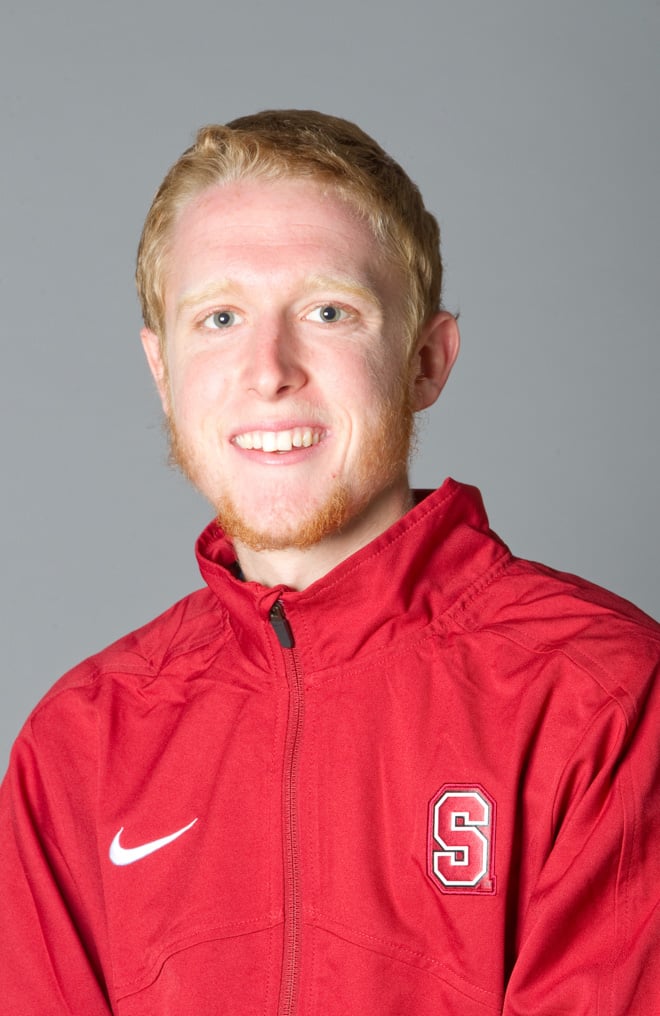In my last column, I argued that the current transfer rules for NCAA athletes are unfair. Essentially, I don’t believe that college players should be treated any differently than the rest of their non-athlete peers or their coaches. Indeed, if the NCAA and administrators around the country want to continue to refer to players as “student-athletes,” then they should start treating those individuals the same as regular students. Applying disparate treatment to athletes and non-athletes when transferring between institutions implies, to me, that the former is not, or is something more than, just a student (an employee, perhaps?). But enough complaining. Here are my reforms for the NCAA’s Division I transfer regulations:
1) Allow athletes to transfer anywhere for any reason without jeopardizing their eligibility twice during their collegiate careers.
The rationale behind deregulating the NCAA’s transfer restrictions is not treating “student-athletes” any differently than their fellow students. When transferring between institutions, students who participate in other extra-curricular activities (including the arts, journalism and intramural sports) are unburdened by eligibility concerns because schools do not agree on rules for those activities like they do for varsity athletics. For instance, Stanford and Cal have no agreement that writers for The Stanford Daily or The Daily Californian cannot transfer between the institutions and write for the other publication immediately. There are no similar pacts regarding participating in theater groups or club sports. Regarding varsity athletics, however, Stanford, Cal and hundreds of other NCAA member institutions have agreed with one another that their “student-athletes” may not switch schools and play varsity athletics immediately. If “student-athletes” are indeed students, then they must be as virtually unfettered in their post-transfer participation opportunities as the rest of the undergraduate body.
In order to achieve that, I propose that NCAA athletes be permitted to transfer anywhere for any reason up to two times during their careers. Athletes need not go through the traditional transfer process, which includes securing a release from their current institution and requesting permission to contact other schools. They wouldn’t be required to give their school or coach notice: A player could walk off the practice field one day and enroll at a different institution the next — just like any other student is able to do.
If an athlete wishes to transfer a third time, he or she must submit a waiver request to the NCAA explaining their situation and why it is in their best academic and athletic interests to switch schools.
Furthermore, the current graduate transfer rules should remain in place, and, if utilized, will not count towards the two transfer opportunities. Thus, during the course of an athlete’s four- or five-year college career, they would have the chance to transfer freely up to three times.
2) If a coach leaves a program for any reason, permit all athletes to seek out opportunities at other institutions (again, without jeopardizing their eligibility).
Currently, when coaches retire, are fired or switch schools, the athletes in their program are not automatically released from their scholarships or allowed to reopen their recruitment. Schools always have the option of releasing players, but few do so and are not forced to. This rule would change that. When a college coach makes a commitment to a player to coach him or her, that coach should follow through and keep their promise. If they do not, players should no longer be bound to the coach or school, either.
Under this rule, once a coaching change was announced, players would have the opportunity to be released from their scholarship or financial aid agreement in a timely manner (hopefully within a week). At that point, coaches at other institutions could contact him or her regarding enrolling and playing immediately. If an athlete wishes to remain at the school despite the coaching change, he or she would continue to enjoy the same scholarship or financial aid package they previously signed.
A recent CBS Sports review showed that between 2011 and 2015, nearly two in three Power 5 conference football coaches (including assistants) left their position. Only one institution (Northwestern) retained its entire coaching staff from 2011 to 2015. Over 70 percent of SEC football coaches turned over during that same period. If coaches are unlikely to stick around for the entirety of a players’ career, then why should the athletes? The romantic notion that high schoolers pick a college for the program — not the coach — is, while true in some instances, not reflective of reality.
3) When on scholarship or other financial aid agreement, only an athlete can initiate contact with another institution (and does not need to secure permission from their current institution to do so).
This rule is intended to prevent tampering by other institutions’ coaching staffs while a player is, essentially, under contract with another school. The athletes themselves should have control over the recruiting process and should not face increased hounding from coaches despite their ability to transfer whenever and wherever they choose. In addition, athletes looking to transfer should not have to ask permission from their current institution to contact other coaches, although they may advise their current coach and school of their intention to do so if they wish. Finally — and this is more of a recruiting rule — athletes may contact coaches in any manner they choose, including all forms of electronic communication.
Yes, liberalizing transfer restrictions will create a more chaotic recruiting environment, but if that is the price of freedom and fairness, then so be it. The world of college athletics is already crazy, and it can handle a bit more.
Cameron Miller’s editors would like to propose a new rule: Allow Cameron Miller to write about student-athlete transfer rules at most twice per quarter. To tell Cameron he has already exceeded his quota, email him at cmiller6 ‘at’ stanford.edu.
